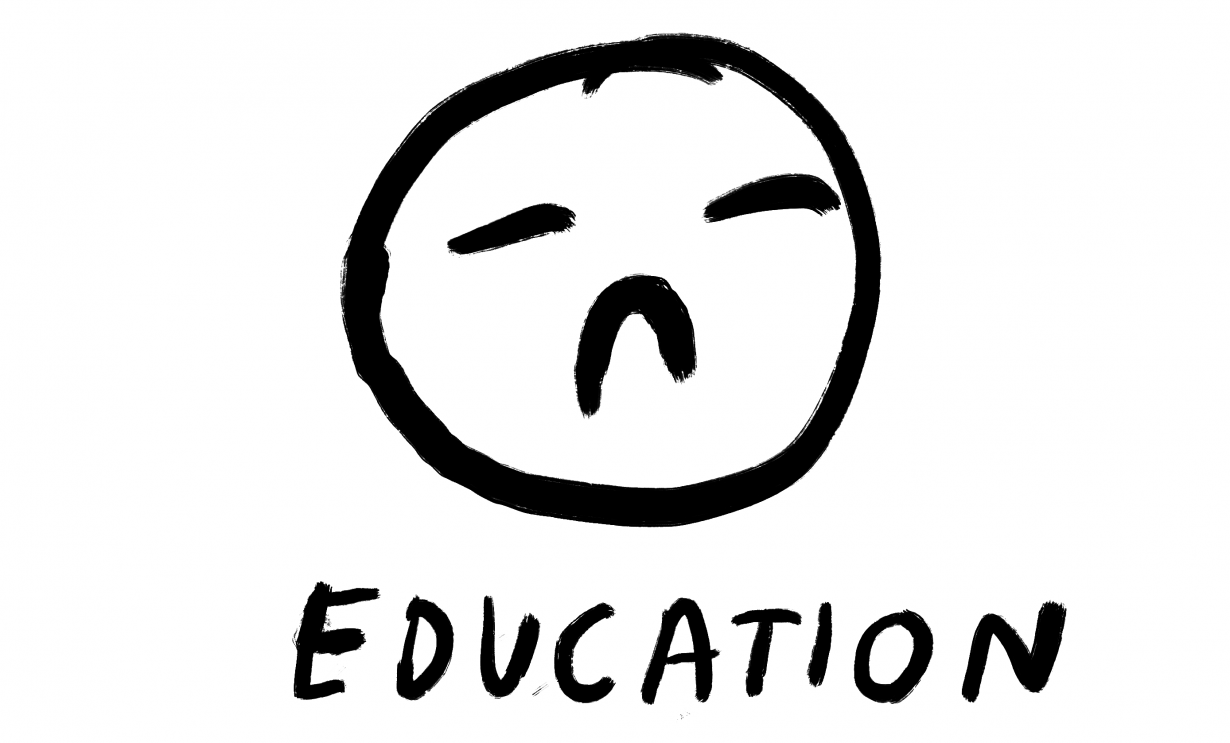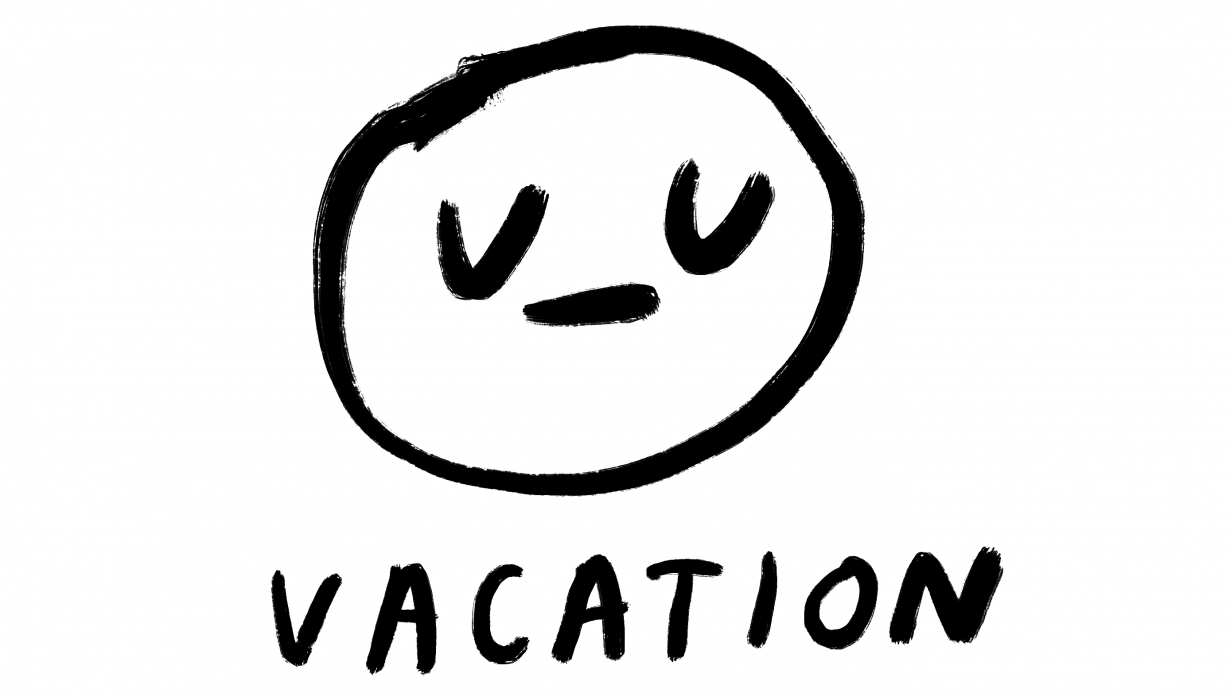

‘Chaotic’ was how John Baldessari remembered the beginnings of CalArts during the 1970s, not least the assignments he himself set students, which ranged from ‘disguise an object to look like another object’ to ‘describe the visual verbally and the verbal visually’. Other teachers taught joint-rolling or refused to set specific times for classes and merely roamed the LA campus encountering students. The experimental nature slowed New York’s stranglehold on art education, where ambitious students had been flocking to Hans Haacke or Jonas Mekas’s classes at Cooper Union and other colleges. Further up the East Coast, during the 1990s/2000s, the Rhode Island School of Design underwent something of a renaissance, with students including Kara Walker, Do-Ho Suh, Laura Owens and Ryan Trecartin. For those not wishing to saddle themselves with the debt of private universities (such as Jack Pierson, Christian Marclay and Rashid Rana), the Massachusetts College of Art and Design (MassArt) remains the only public college in art and design in the US; while, for a couple of years from 2019, Dark Study reacted to this system by initiating a free online study course that took its cue from Fred Moten and Stefano Harney’s The Undercommons: Fugitive Planning & Black Study (2013). South of the US, La Esmeralda (onetime tutors: Diego Rivera, Frida Kahlo) and the Faculty of Art Design and the Institute of Aesthetic Research, both colleges of the National Autonomous University of Mexico in the capital, are the establishment, while soma, an 18-month study programme, emerged in 2009 from two artist-run gallery initiatives. Heading still further south is the National School of Plastic Arts, Guatemala, and across the sea the extraordinary architecture of the Ricardo Porro-designed Castro-era Escuelas Nacionales de Arte of Cuba. For those searching out the most radical education in the Caribbean, La Práctica, a nine-month postgraduate study programme at Beta-Local in San Juan, Puerto Rico, was a good bet, running for a decade until 2019. What emerges from the projects confronting the high costs of art education across the continent are attempts to relocate the potential of this chaotic past.
Land Arts of the American West, Texas Tech University
Lubbock, TX, USA
Founded 2008
3 months
8 students
The Land Arts of the American West programme is a semester-long ‘field study experience’ that gives an involved and expansive view into what Land art might be. Initially founded at the University of New Mexico by Bill Gilbert, the Texas Tech University programme began in 2008 when then-codirector Chris Taylor started working at its College of Architecture. Students take an extended two-month roadtrip to see classics of the American outdoor art canon, while also visiting ancient pueblo dwellings, former mines and geological formations. Guided by this direct research, the trip is punctuated with seminars and talks with guests that have included Lucy Lippard, Joan Jonas and the Center for Land Use Interpretation, which is then followed by a month of studio work oriented towards a public exhibition.
Materia Abierta
Mexico City, Mexico
Founded 2019
4 weeks
25 students
Founded by artist Federico Pérez Villoro in 2019 to create a flexible platform for reflection, the curriculum of the four-week summer school is handed over to a different artist or researcher each year. The inaugural edition, overseen by Florida-based curator Natalia Zuluaga, harked back to the simultaneously radical and playful atmosphere of Xul Solar’s Pan Klub, conceived by the Argentinian artist in 1939 in Buenos Aires as a ‘collective séance’ summoning ideas and practice to the table. Among the spirits guiding the group of approximately 25 students in 2019, each paying US$1,800, were the Mixe linguist Yásnaya Elena Aguilar Gil and Iranian philosopher Reza Negarestani. Each year, however, Materia Abierta reincarnates with a different personality, the guest directors given free rein to pursue idiosyncratic interests. Already postponed a year to 2021, the second edition was held online, the title ‘Neither Apocalypse nor Paradise’ conceived before the pandemic and proving horribly apt: ‘Uncertainty, which we propose as a place of theoretical speculation and propositional action, suddenly became the norm’, one of its programmers, Mônica Hoff, noted to Terremoto. ‘The debate we had originally intended was being lived in real time.’ The most recent summer of classes, curated by art historian Sara Garzón, took the banner ‘The Rise of the Coyote’, to explore Indigenous and Afro-Indigenous knowledge and practice, and, with the nearby volcano Teuhtli as something of a mascot, to raise questions of futurity, extractivism and decolonialism. Among those leading the lectures (some of which were public), workshops, tours and field visits were Portuguese filmmaker Pedro Neves Marques, tech theorist Chakanetsa Mavhunga and artist duo Black Quantum Futurism.
School of the Alternative
Black Mountain, NC, USA
Founded 2016
3 weeks
80–100 students
As a short summer residency that takes place on the campus of the original Black Mountain College, School of the Alternative (SOTA) has a history of focusing on experimentation as a means of inspiration. Though its programme also developed as a conscious space away from the formal arts education opportunities in the area. ‘Much of SOTA’s shape and pace have formed in relief of the restrictive and oppressive tendencies we’ve all experienced in institutional learning,’ cofounder Heidi Gruner has stated. She describes it as a ‘DIY all-hands-on-deck community experience’: staff and students live in one lodge, where everyone pitches in to two hours of chores a day, and at the start of each year’s session they collectively discuss a ‘community agreement’ of how to treat one another. Sessions are partially led by the staff, largely volunteer artists, performers and writers, who suggest ‘solid’ lecture themes, which in the past have ranged from slime and food as praxis, to the tarot, moving between performance, film- and printmaking. These are supplemented by ‘liquid’ workshops on cyanotype printing to plein air paintings, and more impromptu ‘gas’ sessions led by the students themselves. After pausing for two years during the pandemic, a one-week session was held in 2022; this year the school returns to its three-week structure. The emphasis isn’t so much on output as on collectivity, discussion and education as an end in itself. Many past participants have gone on to found their own educational projects – from informal discussion groups, to projects like the Ellipsis residency in Portugal.